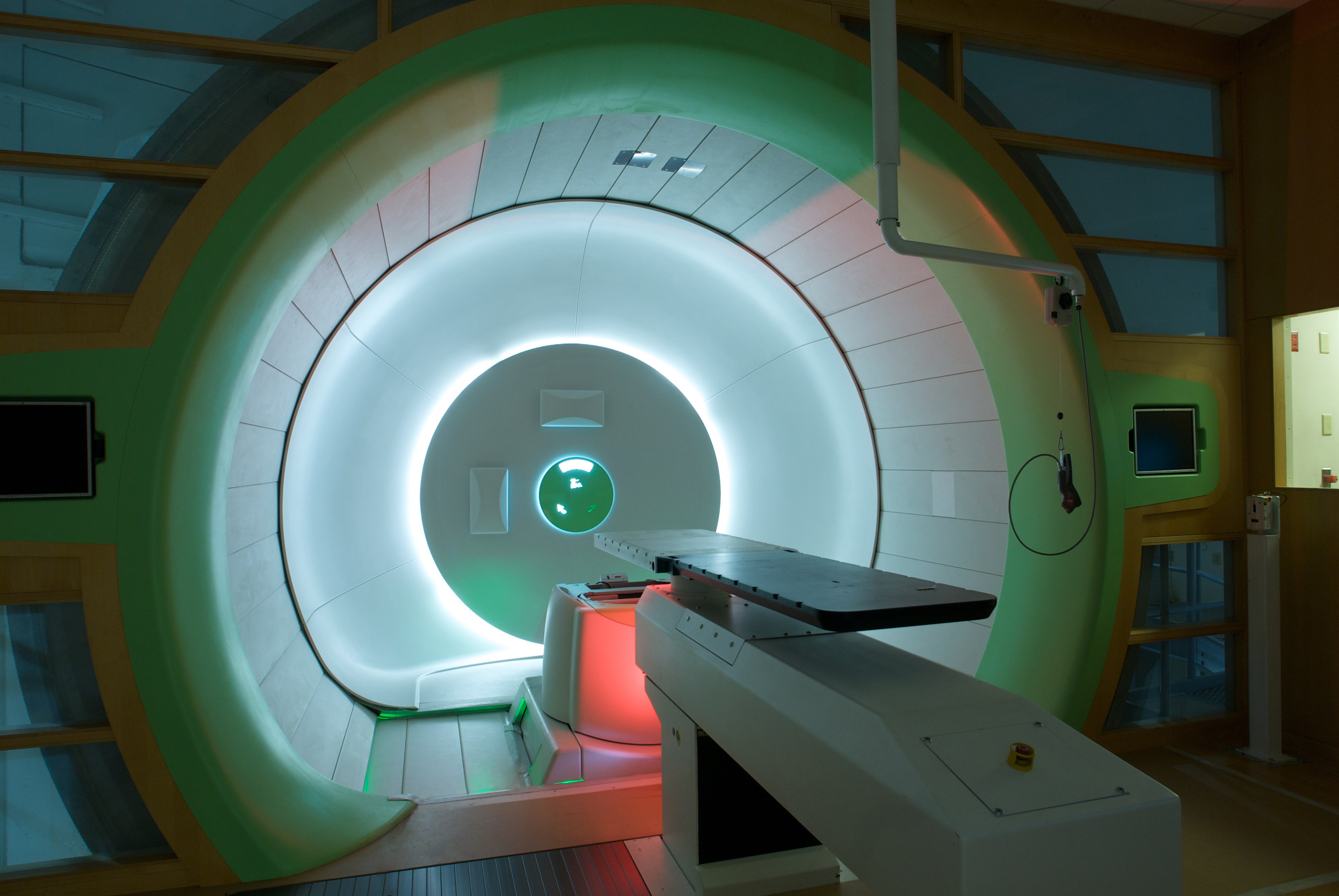Cancer patients getting proton therapy instead of traditional photon radiation are at a significantly lower risk of experiencing side-effects from their radiation therapy, while cure rates are almost identical between the two groups. Researchers in the Perelman School of Medicine conducted the largest review of its kind to evaluate whether or not patients undergoing radiation therapy at the same time as chemotherapy experienced serious adverse events within 90 days. They will present their findings at the 2019 American Society of Clinical Oncology Annual Meeting in Chicago.
“We looked at grade-three side effects—including pain or difficulty swallowing, difficulty breathing, nausea, or diarrhea, among others—often severe enough for patients to be hospitalized,” says the study’s lead author Brian Baumann, an adjunct assistant professor of radiation oncology in the Perelman School of Medicine and an assistant professor of radiation oncology at Washington University School of Medicine in St. Louis. “Our clinical experience is that concurrent chemoradiation therapy patients treated with protons, rather than photons, tend to have fewer side effects. While there is some literature supporting that finding for several disease sites, we did not expect the magnitude of the benefit to be this large.”
The study’s senior author is James Metz, chair of Radiation Oncology, leader of the Roberts Proton Therapy Center, and a member of Penn’s Abramson Cancer Center.
For this study, researchers evaluated data on 1,483 cancer patients, 391 of whom received proton therapy and 1,092 who underwent photon treatment. All patients had non-metastatic cancer and were undergoing chemotherapy and radiation intended to be curative. The primary outcome was whether or not patients experienced radiation side-effects that were grade-three or higher within 90 days of treatment.
Read more at Penn Medicine News.








